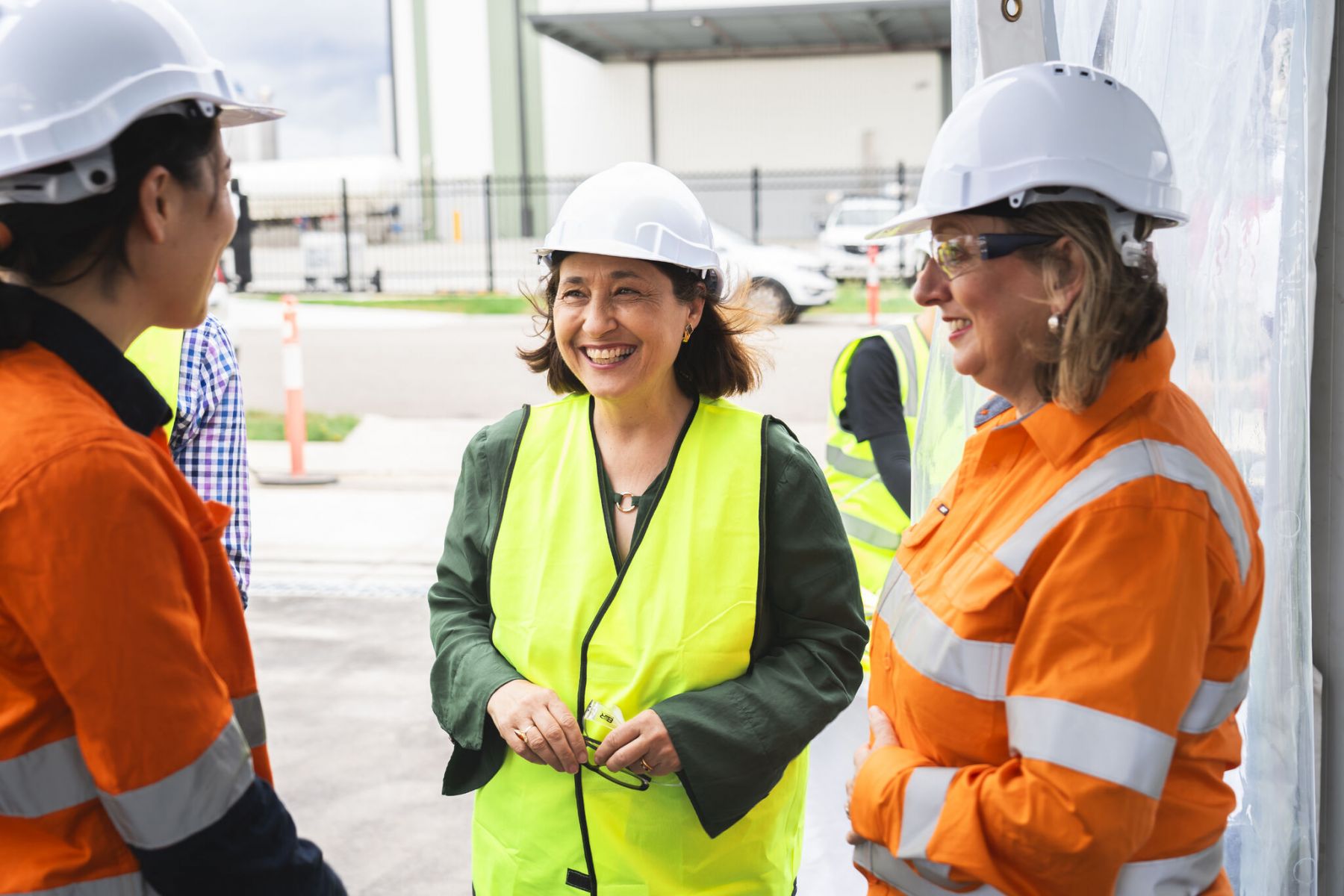
Cranbourne's new Rangebank battery has the storage capacity to power the equivalent of 80,000 Victorian homes for an hour during peak periods.
It's a global milestone for Shell Energy, as the first big battery the company has owned anywhere in the world.
Next to the Cranbourne terminal station, the 200 megawatt (MW), 400 megawatt-hour (MWh) Eku Energy and Shell Energy project will:
- boost the state’s energy reliability
- support Victoria’s transition to renewable energy
- pump cheap electricity into local homes and businesses.
It will do this by:
- soaking up and storing renewable energy to be discharged at times of peak demand
- providing essential grid system services to support the delivery of safe, secure and reliable electricity.

Batteries are critical to our energy future
For every MW of battery storage built, 3 MW of new renewable energy generation can be unlocked.
That’s why the Victorian Government legislated renewable energy storage targets of at least 2.6 gigawatts (GW) by 2030 and 6.3 GW by 2035.
These targets provide certainty and underpin confidence as we deliver the infrastructure our state needs to continue to drive us forward.

The home of big batteries
Victoria has 11 large scale energy storage systems with a total output capacity of 540 MW in operation – that’s more than any other state.
The Rangebank battery is one of a further 12 utility scale battery projects under construction or in commissioning in Victoria. This will add another 1.4 gigawatts of additional output capacity and 3.2 gigawatt hours of storage.
Building renewable energy storage capacity is key to an affordable and reliable energy supply as Victoria transitions to 95% renewable energy generation by 2035.
Page last updated: 16/04/25
